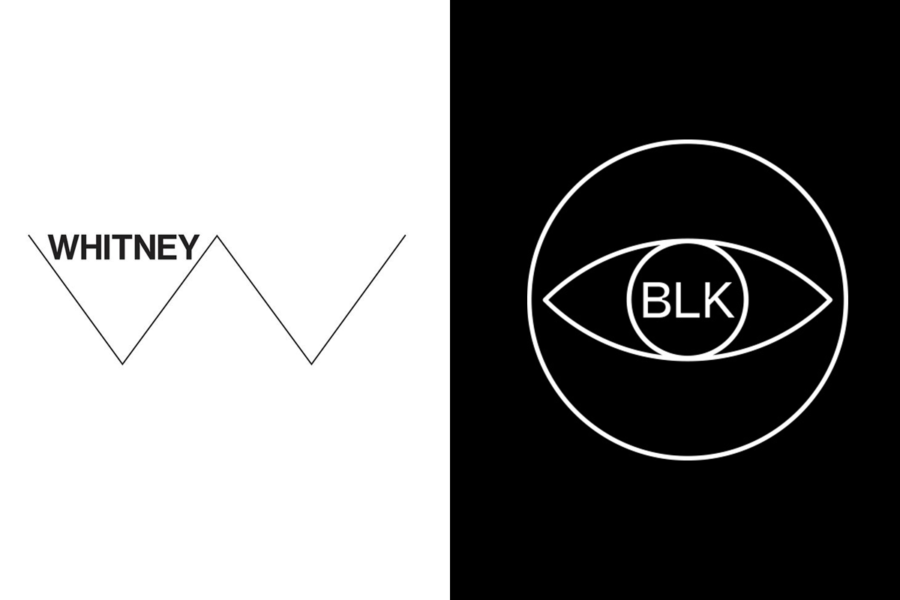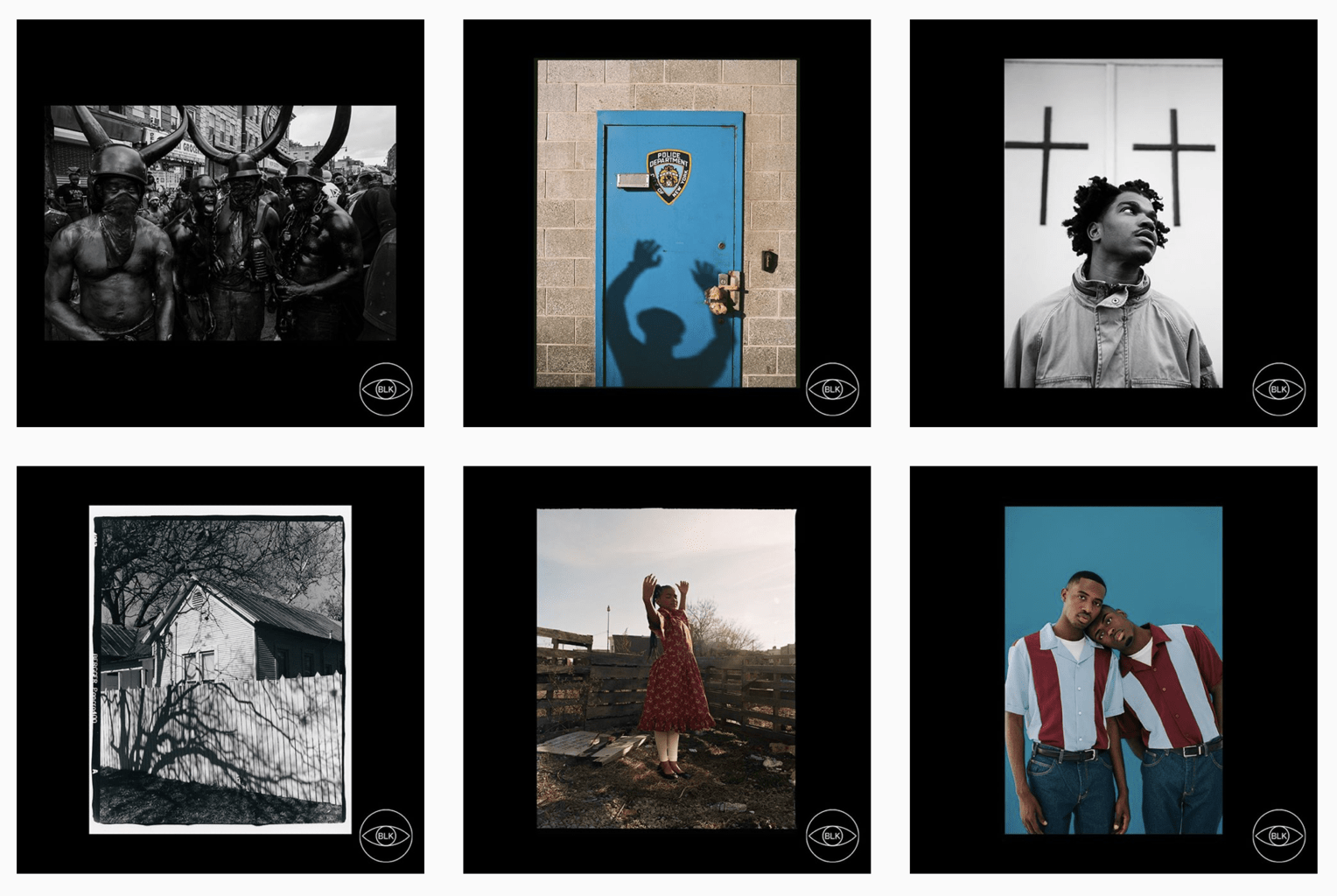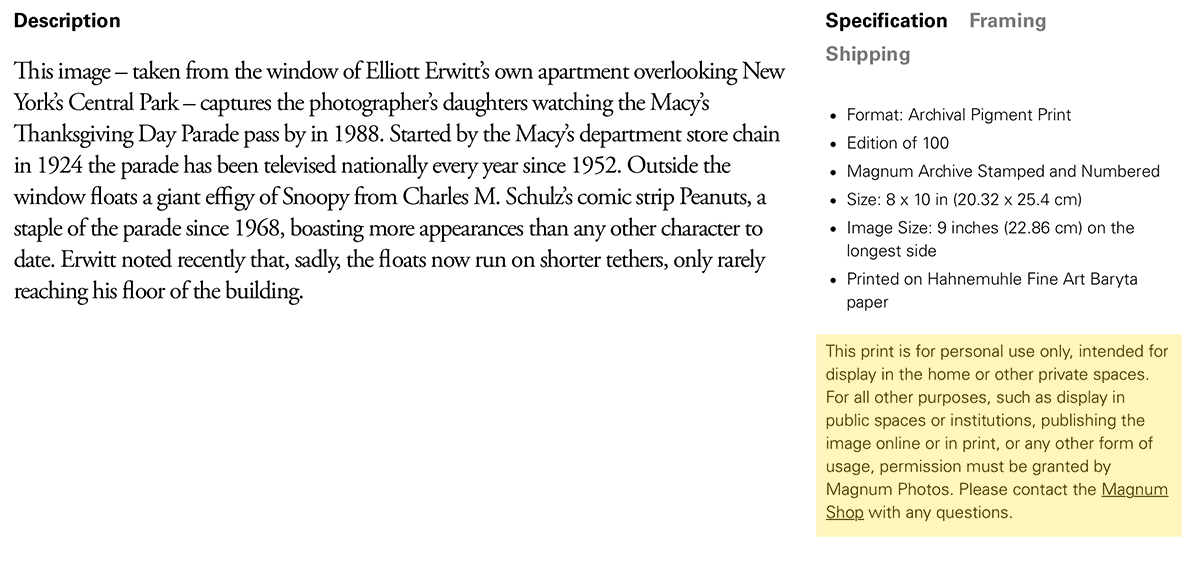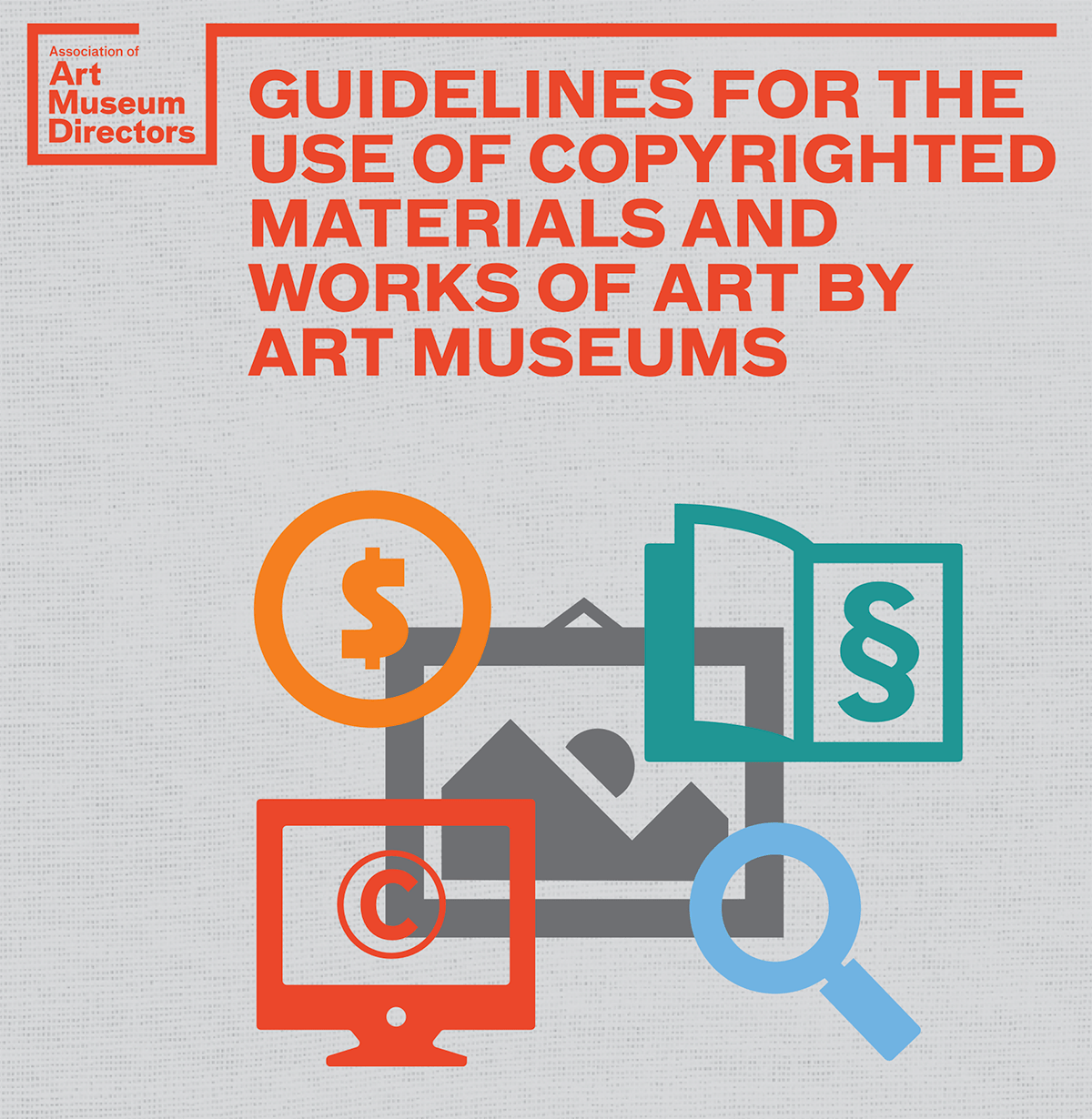Share
What Photographers Can Learn from the Whitney Museum & See in Black Debacle
Last week, in the span of slightly over 19 hours, news broke that the Whitney Museum had 1) acquired images from a charity print sale by Black phot...

Last week, in the span of slightly over 19 hours, news broke that the Whitney Museum had 1) acquired images from a charity print sale by Black photographers to mount a show entitled Collective Actions: Artist Interventions in a Time of Change, 2) offered the photographers a lifetime pass to the museum for their unsanctioned participation, and 3) canceled the show following a tweetstorm of outrage over the exploitative move.
Listen to this article in the current episode of the PhotoShelter podcast, Vision Slightly Blurred.
The Whitney Museum was almost universally criticized for their legal, but unethical decision to circumvent what many people understood to be their standard acquisition process. In an effort to help photographers understand the details and how to protect themselves from similar situations, I interviewed a number of curators and executive directors around the country to illuminate the often opaque world of museums.
See in Black Founded and Print Sale Launched
In mid-June, Joshua Kissi (co-founder of TONL, a diversity-oriented stock photo company), Michaiah Carter, Dani Kwateng (culture and entertainment director at TeenVogue), Andre Wagner, Florian Koenigsberger (Advanced Photography Product Manager at Google), and Anthony Coleman (design director at Nike) launched the collective See in Black to “dismantle white supremacy and systematic oppression” with the mission of raising funds that “support five key pillars of Black advancement” through highly curated print sales.

Their first print sale featured the work of 80 Black photographers for $100 each with all proceeds going to five Black-related charities. The artists donated their work for the sale.
Unlike organizations like Magnum Photos which restrict print sales to personal use (and require additional licensing for use in an exhibition), See in Black did not convey a license or written restriction. This licensing omission isn’t unusual for a charity sale as the audience is generally understood to be individuals supporting a specific cause.

Farris Wahbeh’s email to the photographers
On August 24 at 11:13pm ET, photographer Gioncarlos Valentine tweeted a screenshot of an email he had received from Farris Wahbeh, the Benjamin and Irma Weiss Director of Research Resources at the Whitney Museum.
In the email, Wahbeh indicated that he had “acquired” Valentine’s work from See in Black for the Whitney’s special collections, and had planned an exhibition. Valentine was offered an Artist Lifetime Pass to the museum.
This was the first and only indication to Valentine (and other artists) that the Whitney was staging the show with his work.
Twitter fuels outrage
Other photographers who had been contacted by Wahbeh quickly condemned the Whitney. Texas Isaiah, who recently became the first trans photographer to land the cover of Vogue UK, lambasted the Whitney for its “moral [decadence]” and not reaching out to the artists.
Danielle Scruggs, a Getty Images photo editor and Authority Collective board member was less kind:
See in Black declared that the usage was “unauthorized” and that their organization was not affiliated with the Whitney’s exhibition.
The Whitney cancels the show
Following multiple articles by major publications like The New York Times, NPR, and Artnews, the Whitney announced that it would not move forward with the show. In a statement from the Whitney, Wahbeh wrote:
“My sincere hope in collecting them was to build on a historical record of how artists directly engage the important issues of their time. Going forward, we will study and consider further how we can better collect and exhibit artworks and related material that are made and distributed through these channels. I understand how projects in the past several months have a special resonance and I sincerely want to extend my apologies for any pain that the exhibition has caused.”
Wahbeh is not a curator
Although Wahbeh was curating the exhibition, he is not a Whitney curator. Two different museum professionals I spoke to identified him as a “librarian,” which wasn’t meant as a pejorative, but rather to distinguish his role at the museum.
One museum director told me, “Museum libraries typically operate outside of the structure of the acquisitions committee process, typically because what they collect are materials to support the research/understanding of works in the Museum’s collection of art (artists’ correspondence, posters, exhibition catalogues, exhibition invitations, holiday/greeting cards designed by artists, bookplates, etc.), not art itself.”
In describing its special collection the Whitney states:
“Works in the Library Special Collections are not part of the Whitney’s Permanent Collection. These objects differ from works in the Permanent Collection in that their use is deemed to be primarily for research and reference and secondarily for exhibition.”
The semantics of “ephemera” & the role of special collections
Some items in special collections are referred to as “ephemera.” For example, an invitation to Robert Mapplethorpe’s first exhibition at the Light Gallery isn’t the primary work of the artist, but ironically has gained significance and monetary value over time as interest in Mapplethorpe’s work burgeoned.
Art critic Antwaun Sargent called the term “a meaningless internal distinction and loophole,” which while perhaps not universally true, seems to apply in this case. The acquired prints were certainly the primary output of the photographers – not behind-the-scenes images, lighting diagrams, or notes from the creative process.
Mark Lubell, Executive Director of the International Center of Photography contrasts the role of curators vs archivists/librarians. “Archivists want you to keep everything,” he notes, “because [they] do not know what will be valuable – [they] are not the judges.” He referred to items collected by archivists to memorialize Sept 11th in an effort to anticipate what will be important in 100 years. In a sense, every piece in a special collection has less market value because everything is considered valuable. And the reason to acquire an item for the special collection is fundamentally different than the permanent collection.
Museum Acquisitions
Museums typically have heavily codified rules for acquiring pieces for their permanent collection, which typically involve acquisition committees, curators, the museum director, and the board. In 2013, the Whitney published their “Collections Management Policy,” which outlines both a collecting philosophy as well as the organization of their acquisition committees.
Outside of gifted art (which can be the primary source of acquisitions depending on the institution), curators help define acquisition strategies to give a collection a point of view. A museum director told me, “when we purchase a work by an artist, one of the questions we usually ask is ‘is this the best / most representative work by an artist’ that we can afford?”
Acquisition committees typically meet a few times per year, and are generally composed of museum patrons who donate money to join the committee. A museum director told me, many people join his acquisition committee because “it’s about an education.” On the one hand, the often sizable donation (the Guggenheim’s “Young Collectors Council Acquisitions Committee” is $1250 per year), aligns affinity with financial commitment. On the other hand, the financial commitment necessarily limits members to affluent (and often white) patrons. Although curators and museum directors can strongly influence recommendations, the very creation of these committees is systematically biased, and often at odds with stated institutional diversity goals.
Special collections operate independently of these rules. Although it’s not clear whether Wahbeh purchased the prints directly or through an intermediary, he almost certainly wasn’t subject to the slow acquisition process of the permanent collection.
The legality of presenting the work acquired through a charity print sale
In 2017, the Association of Art Museum Directors (AAMD) published Guidelines for the Use of Copyrighted Materials and Works of Art by Art Museums. The publication notes that “On-site public display by a museum of an original work of art or a “copy lawfully made” is expressly authorized in the Copyright Act in Section 109(c),” and that museums “rely on fair use…[of] copyrighted materials…in appropriate circumstances.”

Since See in Black did not explicitly restrict usage – no license was provided at all – the legality of exhibiting the images is almost certainly unquestioned. But the move was an ethical and moral minefield.
Mounting shows takes time & money
There are a multitude of reasons that museums typically don’t try to mount shows in a matter of weeks. First, although museum operational budgets include exhibition expenses, museums usually rely on grants and/or underwriting from wealthy patrons whose interests align with a given subject. “You need 12 to 18 months to get support,” says Lubell. “It’s tons of paperwork, tons of grant applications,” and he says his development team often cobbles together multiple sources of funding for a show.
In fiscal year 2018, the Whitney’s endowment exceeded $357 million, but as with many institutional endowments, the use of the funds are highly restricted, and according to a 2011 NYT piece, the institution limits operating expenses to 5% of the fund’s value. With exhibitions easily costing 6 to 7 figures, it’s unlikely that the museum had discretionary funds to mount a show with a traditional playbook.
It also takes significant time to plan and research a show. Working with a living artist, for example, might involve solicitation of their feedback on how work is presented. Exhibition catalogs or books need to be researched, designed and printed. All of these factors make spontaneous shows difficult, if not impossible, to mount.
A racial blind spot
The museum world has been struggling with confronting a colonial past and charges of discrimination and racism within its ranks. The Whitney is no stranger to this controversy having dealt with a multitude of incidents including the selection of Dana Schutz’ Open Casket – a painting of Emmett Till for the 2017 Biennial.
And just a few months ago in the wake of the George Floyd protests that engulfed the country, the museum’s executive director Adam D. Weinberg issued a public letter entitled “We Stand with Black Communities” committing to continue to “address the art and experiences of people of color, especially Black communities.”
Ironically, the Whitney was also a participant of the Racial Equity in the Arts Innovation Lab, a NYC-specific training program run by the non-profit Race Forward to help cultural institutions deepen their racial equity work.
An overwhelmingly white Board of Trustees, curatorial staff, and executive team suggest a thin, perhaps token commitment to racial diversity, which might have contributed to the museum’s ill-fated exhibition. Critic Maurice Berger’s 1990 essay “Are Art Museums Racist?” charged “Like most exhibitions devoted to African American culture in major museums, these shows were token gestures,” and sadly, scant progress has been made in the thirty years since.
An ill-conceived project from the start
The Whitney publicly declares in one of its core values that it “thrives because of relationships—among artists, audiences, staff, and board alike — forged from dialogue, premised on respect, and committed to a shared purpose.” But one of the major criticisms of the canceled exhibit was Wahbeh’s lack of dialog with artists. However well-intentioned he might have been, Wahbeh ultimately dictated to the artists how they would be involved with the exhibition.
A museum director told me, “While I can understand the Whitney wanting to be ‘au courant’ and reopen with an exhibition that speaks to our current social cultural moment, it’s entirely possible and probably even likely that because of the rush to mount this exhibition in nearly real-time, that the curator and the Whitney administration didn’t step back and think about how their actions would be received by the artists involved and the art/museum world as a whole.”
Another museum director pointed out that “cultural institutions are big targets right now,” and agreed that “many of those accusations are fair.” At the same time, he noted that while the show was canceled to the approval of many, “there are much deeper issues that are bigger and more at the heart of the problem” than a single exhibition.
Should the Whitney have simply purchased the photos at market value and mounted the show?
Following the cancellation, a number of pundits wondered whether it was a missed opportunity. Photojournalist Lindsey Wasson astutely pointed out that “this doesn’t fix the problem.”
Photographer Harlan Erskine suggested the museum commit to a W.A.G.E. certification, an artist fee guidance program.
Director Benjamin Chesterton suggested a new show and curator timed with the anniversary of George Floyd’s death.
A museum director told me that purchasing the images at a market rate wasn’t necessarily a good answer, in part, because the images that were collected for the charity sale weren’t necessarily “prime representatives of their practice” and that an artist “wouldn’t necessarily want his/her practice represented by a small work credited for philanthropic purpose.”
In other words, consulting with the artists in the conception phase might have yielded a different set of work that was more representative of the show theme, rather than a reflection of what was offered for the print sale. This point of view once again reflects a disparity between a curatorial and archivist point of view.
Further, given the Whitney Museum’s repeated racial faux pas, should Black artists seek validation through the institution? Texas Isaiah stated that he didn’t even want his work in the Special Collection.
The stark reality is that a small handful of curators, gallerists, critics, and auction houses largely shape the perception and value of art. The Studio Museum in Harlem, for example, could mount a show, but could it attract the same number of eyeballs and engagement of the Whitney? The Dana Schutz controversy did little to dampen (and arguably enhanced interest in) the biennial. If the goal of the artist is to raise awareness of an issue, then seeking the broadest audience would seem desirable. But at what cost?
Should artists donate their works to be sold for $100?
The $100 print has become a common marketing strategy for many organizations. From a consumer perspective, the single price point is easy to digest. But once a print is sold, the artist cedes control of the physical print even while they retain their copyright. Good intentions (e.g. affordable art to the masses to benefit a charity) is susceptible to arbitrage (i.e. the discounted price provided by a mismatched price) as we’ve seen in the Whitney example.
From a capitalist perspective, a single price devalues work disproportionately, and actually robs an organization of additional monetization. This is arguably why even dollar stores don’t price everything for $1 – instead using the concept to draw people into the store.
Jack Gruber, the founder of the non-profit artist community Boyd’s Station, has set different price points for charity sales in the past based on “the image content and how valuable we thought the image was in the big picture.” Sites like 20×200 also set different price points based on the artist even though they strive to make art as affordable as possible with inexpensive entry points.
What should photographers do?
In the current social climate, many photographers are eager to donate services or images for causes they support. But they should be cognizant of bad or ignorant actors who would take advantage of their generosity. We offer the following suggestions:
- Restrict usage for any donated photos to personal use as a condition of the sale.
- Suggest tiered pricing to the charitable organization that more appropriately reflects the value of your images
- Understand that even though many institutions have issued DEI statements and initiatives, their commitments don’t necessarily reflect their actions.


